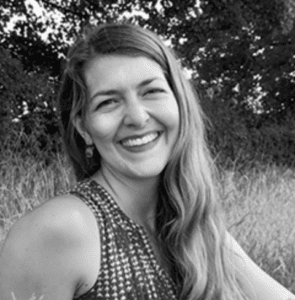Have you ever heard the saying, “You can’t think outside of the box unless you have a box?” Attributed to Michael Bahr, the concept is that we need structures to open up avenues for creative thinking and making. Corita Kent (1918–1986) knew all about this. A nun, printmaker, activist, teacher, and designer, Kent dedicated her life to the creative process. She left behind a legacy of prints, posters, and murals that reference pop art, consumerism, text, messages, faith, pacifism, activism, and love.
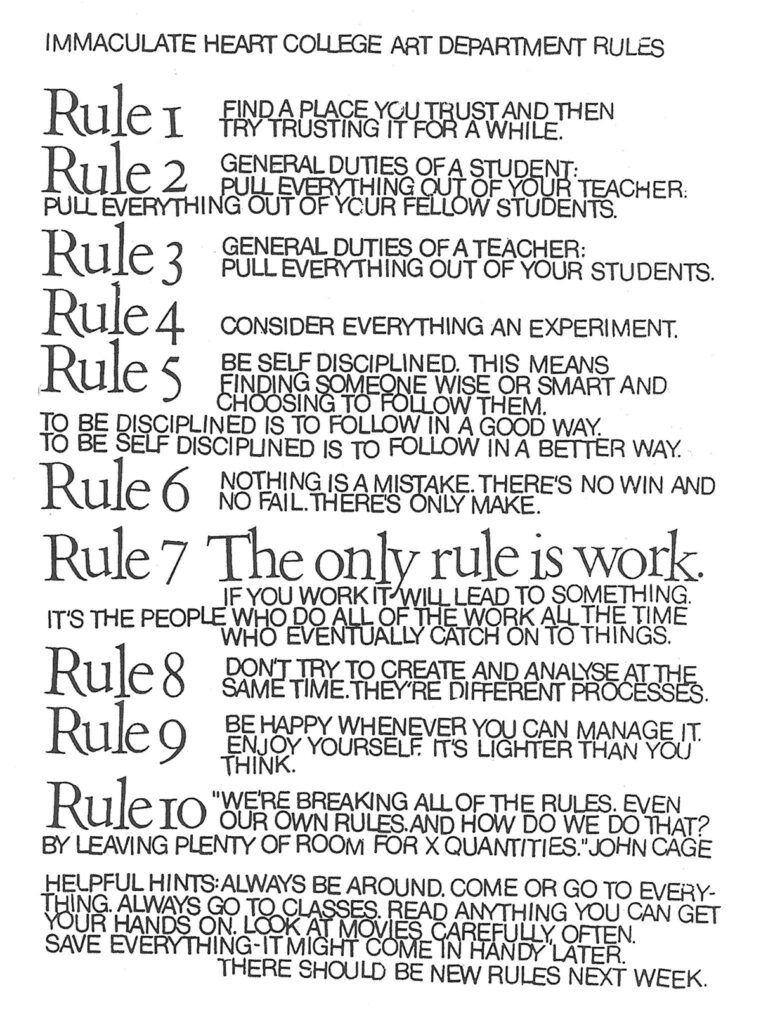
In her early years of teaching at Immaculate Heart College in Los Angeles, Kent developed a set of nine rules for her students. Later, composer John Cage volunteered the 10th rule. In 1967, calligrapher David Mekelburg visually arranged the 10 Rules for Students, Teachers, and Life to hang in Kent’s classroom. These rules offer a framework for developing accountability, self-reliance, and a flexible attitude. While these rules offer a generative outlook on creative problem-solving for art students, they can help lifelong learners of any age and creative discipline.
In this article, we will look at the rationale behind these ten rules and how you might use these rules to guide your art classroom.
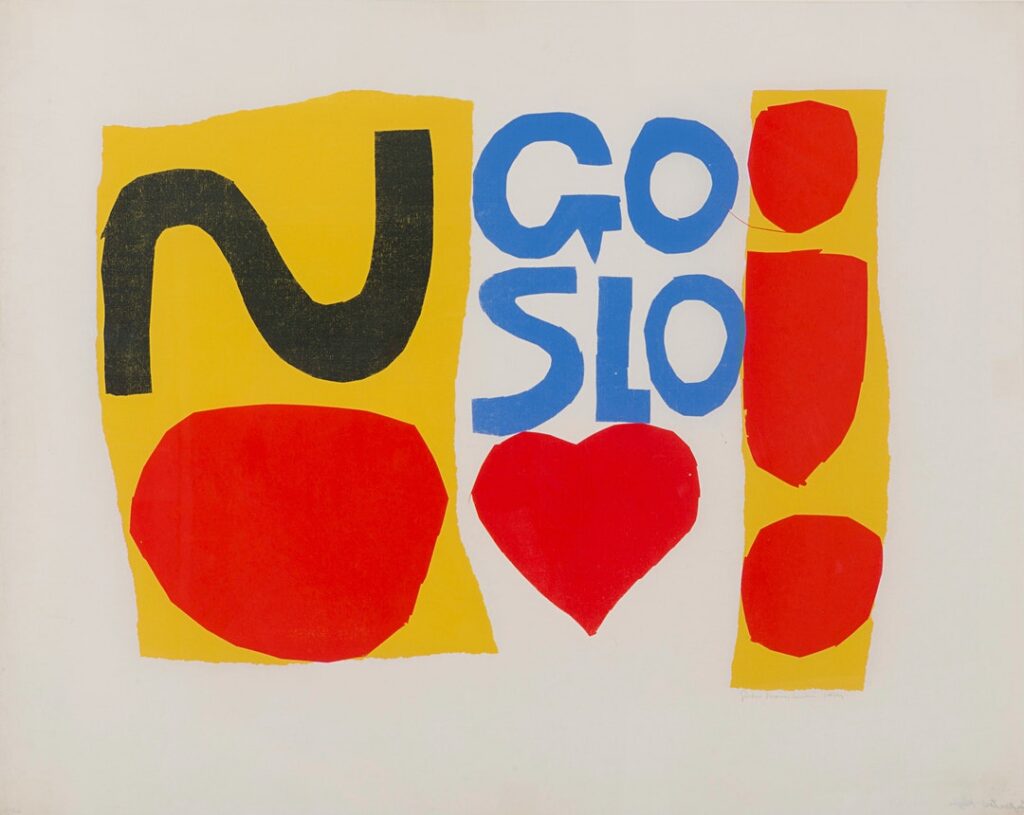
Taking a line from Corita Kent’s 1963 silkscreen print, “GO SLO,” break out these rules with your students one by one. Give your students some time to let these ideas sink in.
1. Find a place you trust and then try trusting it for a while.
How do you establish a supportive and caring classroom environment when seeing your students 28 times per year for 45-minute lessons while traveling from room to room on a cart? What does it take to help your students relax and feel safe? As art educators, we don’t need to be reminded that the art classroom offers a safe space for creative thinking in our students’ lives. Kent’s first rule encourages teachers to prioritize creating a structured and nurturing community environment before any creative work can begin.
If you are looking for ways to build up your classroom culture with renewed trust and safety, consider reading one of these articles:
- How to Improve Your Classroom Culture With The Music List
- What Do New Teachers Need to Know About Classroom Management? (Ep. 304)
- How to Bring Social Justice, Trauma-Informed Teaching, and SEL Into the Art Room
2. General duties of a student: Pull everything out of your teacher; pull everything out of your fellow students.
Kent urges students to rethink their motivation as participants in the classroom. She says to students, “You are needed to help make the class. So the structure is there for you and you are also the structure; your particular gifts help shape it.” Kent encourages students to see teachers and peers as essential classroom resources. Students need one another as much as they need the instructor to thrive in the classroom. Together, we can engage in a symbiotic relationship.
Consider reading one of these articles to improve peer and student-teacher relationships in your classroom:
- Why Building Relationships Should Be at the Center of Everything You Do
- 28 Collaborative Projects to Build Community in Your Art Room
- 11 Ways to Build Personal Relationships When You See 500 Students a Week
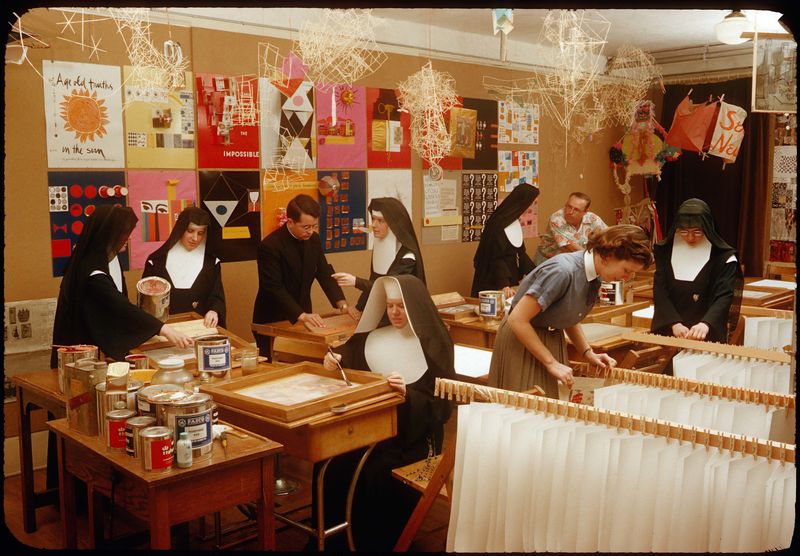
3. General duties of a teacher: Pull everything out of your students.
Let’s set the bar high. When we ask a lot of our students, we demonstrate that we believe in them and that they are capable. The Art Assignment shares how Kent took her students to everyday locations, like the grocery store, to help them see the world anew. She also planned special events, like art shows, to celebrate and elevate her students’ work. By going the extra mile and seeing space for possibility within each of your students, you may be surprised by their response.
Here are some additional resources to support Rule #3:
- Inspired By Our Students (Ep. 118)
- A Simple Way to Increase Student Engagement
- 3 Ways to Motivate Your Students on Tough Days
4. Consider everything an experiment.
As art educators, we use class time for experimentation with new materials, techniques, and ideas. Let’s consider how experimentation can be purposeful. Have you ever heard the term “PLORK?” As the Corita Art Center shares, Kent coined “PLORK” as a strategy for experimentation that combines play and work. As creative practitioners, we understand that our best moments often occur when we simultaneously engage in work and play.
Here are some other ideas of how you can mix these concepts in your classroom:
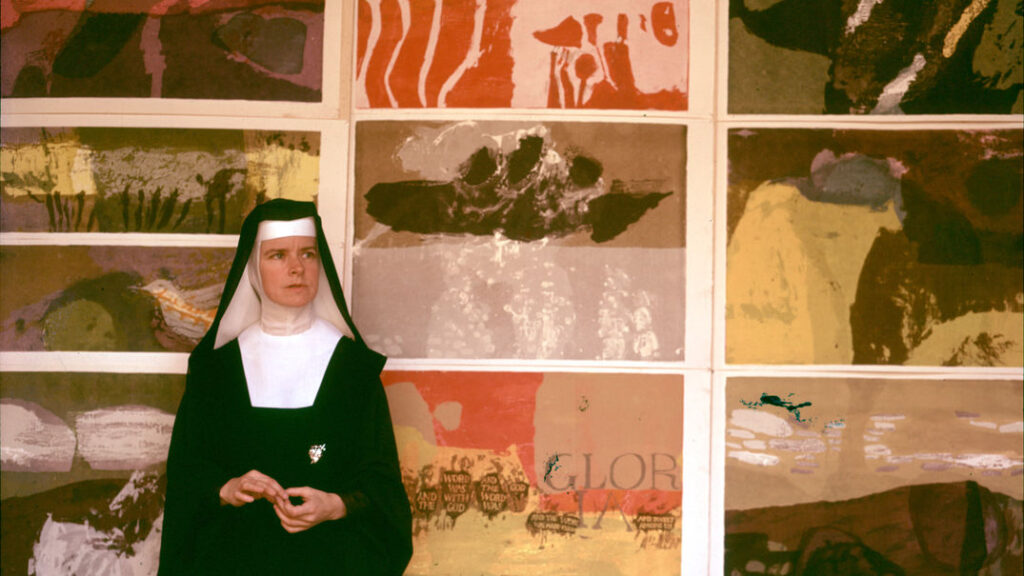
5. Be Self-Disciplined: This means finding someone wise or smart and choosing to follow them. To be disciplined is to follow in a good way. To be self-disciplined is to follow in a better way.
Corita Kent was fortunate to befriend designers Charles and Ray Eames as her example to follow. Like Kent, our students need concrete examples of hard work and discipline. Help your students identify role models in the world around them. Share current work made by contemporary artists, and provide your students with a way to see themselves reflected in the art world. Invite local artists to visit your classes. Or encourage former or older students to speak with your classes.
Here are some ways to dig into these ideas further:
- Why You Need Visiting Artists in Your Classroom
- Motivation, Mentorship, and Competition (Ep. 115)
- Celebrating Diversity Through Contemporary Art Pack in PRO Learning
6. Nothing is a mistake. There’s no win and no fail, there’s only make.
“You have a kind of trust in the process that almost anything you do will have possibilities,” said Kent. Perceived mistakes can become turning points of possibility. The trick is getting students to reframe their mistakes as an opportunity to see their work in a different light. The unanticipated “oops” moment can transform emotional catastrophes into creative problem-solving. As long as we keep making, we will keep going. We have to take the intrepid risk to trust in the process.
Here are a few resources to help you reframe mistake-making for your students:
- 3 Activities to Help Your Students Overcome Making Mistakes
- It Won’t Always Be Perfect (Ep. 067)
- How Can Design Thinking Support the Studio Process in Your Classroom?

7: The only rule is work. If you work it will lead to something. It’s the people who do all of the work all of the time who eventually catch on to things.
Portrait artist Chuck Close famously said,
“If you wait around for the clouds to part and a bolt of lightning to strike you in the brain, you are not going to make an awful lot of work. All the best ideas come out of the process; they come out of the work itself.”
Sometimes, the creative process throws a curveball, and we find ourselves blocked. On the most challenging days, offer students various pathways to work through their blocks. Mindmaps, collaborative brainstorms, research, visual journaling, playing with materials, reflecting quietly, in-process critiques, or reading about new artists—these processes are creative work just as much as making an art piece.
Here are a couple of strategies to help your students along:
8. Don’t try to create and analyze at the same time. They’re different processes.
We are our own worst critics. Analysis paralysis often interrupts the artmaking process. “To analyze is to take apart; to create is to put together,” wrote Kent and Jan Stewart in their 1992 book, Learning by Heart: Teachings to Free the Creative Spirit. Routinely check in with your students to view their work analytically without interrupting their making time. In-process peer feedback or daily reflections offer students dedicated time to peel away and evaluate their work. By incorporating routines for analysis, you will build space for students to let loose and enjoy the creative process.
Here are some ways to develop these routines for your students:
- Critiques at Every Level Pack in PRO Learning
- How to Reveal the Creative Process Through Reflection
- The Surprising Reason Why Play Is the Ultimate Teaching Tool
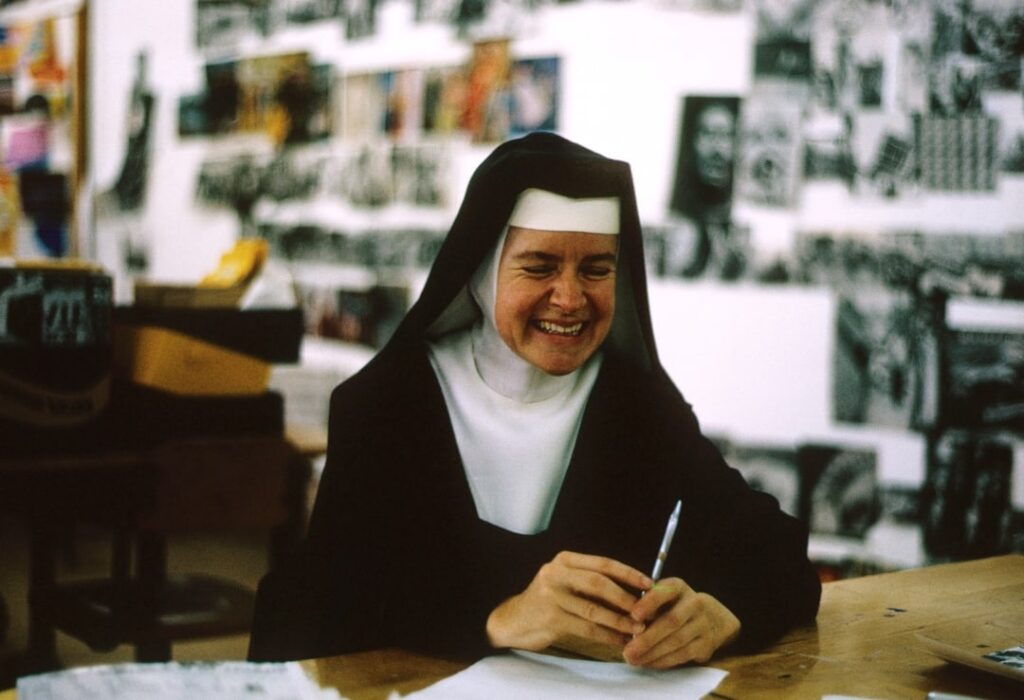
9. Be happy whenever you can manage it. Enjoy yourself. It’s lighter than you think.
“Letting yourself go free, playing around until something comes, is often very hard work.” This is another lovely quote from Kent and Stewart’s joint text. It’s important to remember we need to enjoy the process, even when it’s work! Part of this is remembering not to take ourselves too seriously. The other part is recognizing that we need to build in time for fun. This includes ourselves, as teachers, too.
Keep these ideas in mind as you look for ways to reprogram your classroom as a place of levity for you and your students:
- 10 Creative and Fun Ideas to Fuel Your Artistic Soul
- 3 Fun and Meaningful Ways to Use the Last 5 Minutes of Class
- Reward Students for Their Hard Work: Have a Fun Friday!
10. We’re breaking all the rules. Even our own rules. And how do we do that? By leaving plenty of room for X quantities.
John Cage (1912–1992) was known as a composer as well as for his contributions to modern dance and the Neo-Dada, Fluxus, and Conceptual Art movements. As a visitor to Immaculate Heart College, he worked with Kent. Cage is often falsely listed as the sole author for all ten rules instead of just the final rule. In fact, Cage was responsible for popularizing this list. Hanging the 10 rules in choreographer Merce Cunningham’s dance studio, Cage showed that these rules apply across disciplines.
So, what is the X quantity? This final concept is the idea that we need to leave room for surprises. We might think we know where we are headed, but sometimes, the best ideas happen unexpectedly. To make space for these, we need to keep an open mind. Ask your students, “is there an 11th rule that needs to be added?” Revisit this list often, and create space for the unexpected. You will be surprised how your students can learn to embody these ideas as a foundation for learning and growing.
Which of these rules hit the spot for you?
What guidelines help to drive your students’ mindset in the classroom?
Which “rules” still need to be written?
Magazine articles and podcasts are opinions of professional education contributors and do not necessarily represent the position of the Art of Education University (AOEU) or its academic offerings. Contributors use terms in the way they are most often talked about in the scope of their educational experiences.

